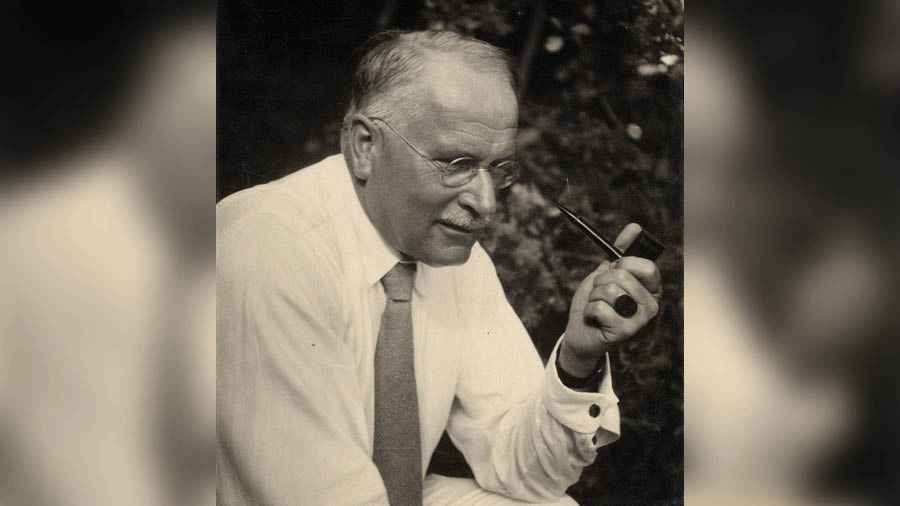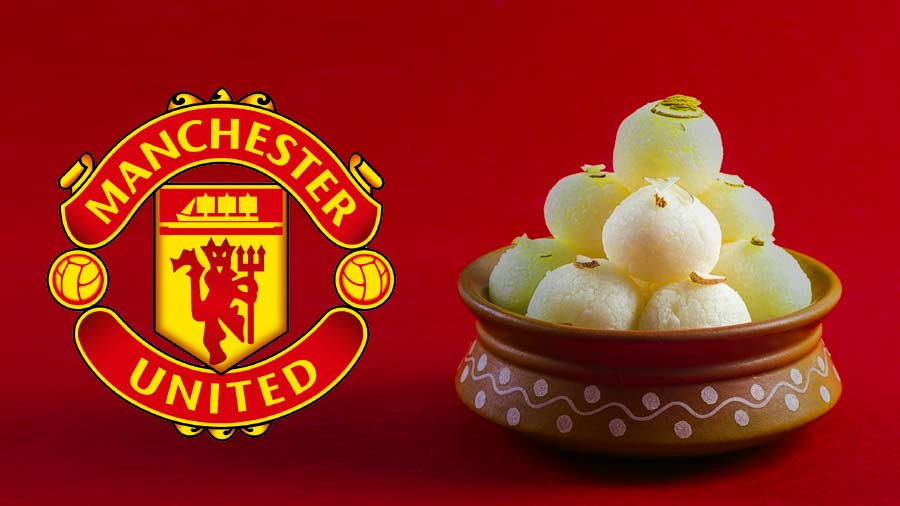Picture this. There is a black background and white lettering with a little swoosh in white on it. The lettering outlines the Greek goddess of victory, it starts with ‘N’. Can you visualise it? Yes, it is Nike.
Every brand has a symbol and a logo. Every sports team (who are increasingly trying to become brands) has always had a logo. Beyond the logo, they have their colours, traditions and symbols. The starting bell at the Eden Gardens to the red brick pavilion at Lord’s Cricket Ground with their rather uncomfortable white benches sprawled out front.
Every sport has its own enduring symbol and every team has a symbol beyond it. These are historical in most cases, storied in others. Cities, too, have their symbols. The yellow taxi in Kolkata and the now defunct black-yellow taxis in Mumbai are symbols of the cities just as much as the Howrah Bridge and Marine Drive are. The festivals Durga Puja and Ganesh Chaturthi, too, have their own symbols that have since become representative of Bengali and Marathi people. The food, too. I am sure you have played dumb charades or pictionary games where vada pav is used for Mumbai and rosogolla for Kolkata.
Opens your eyes to our identities doesn't it? Let’s dive in
What is a symbol?
A symbol is an image, or rather, any representation that points to something. It conveys a living, evolving subjective meaning. Carl Jung, a pioneering psychologist, studied human symbolism extensively. He argued that all humans are connected through a shared consciousness that exists beyond the individual experience through the shared experience. Jung found this through his study of civilisations and cultures where things like rivers, crops and mountains have all been represented across geographically unconnected cultures and through time. Rivers, for example, were typically depicted and symbolised as life-givers, whereas mountains were representations of strength and security.

Carl Jung studied human symbolism extensively Wikimedia Commons
Symbols are part of a common shared language. When you see a flaming torch, you know it is communicating light. Liverpool FC have two of them on their badge. A similar inscription was used in ancient India alongside the lines “Asato ma sadgamaya | Tamaso ma jyotir gamaya” (Lead us from ignorance to knowledge, from darkness to light, from death to immortality). Similar symbols also pop up in the sands of the Sahara across the many pyramids of Egypt. These symbols and many others are used a lot in sports. They are the bridge between identities. Think of this, why is someone waking up at 4am in Tokyo to watch a game that is going on in the Champions League in Europe? Because they believe in the same symbols and the ideas communicated through that club. Because they are invested in the people and the legacy of the team.
Symbols and their uses
Haruki Murakami often says, “Everything is a metaphor.” It is tempting to say exactly the same of symbols. In sports, we know what something is when we see it. Everyone associated with football knows what a ‘4-4-2’ or a ‘5-3-2’ looks like and its function. ‘Bullseye’ is a common expression that literally came from archery and darts. Other symbolic association with actions also come from sport, such as ‘Take strike’, ‘pedal to the metal’, ‘Step up to the plate’, ‘dropped the ball’, ‘take a time out’, ‘ball’s in your court’, ‘out of their league’, ‘par for the course’ and ‘front runner’. Try and guess which sport these symbolic languages come from, it’s a fun exercise!
There are other symbols that we regularly see. Think of a man wearing a shirt and tie with laced-up shoes. It symbolises formal work. Think of another wearing a t-shirt and jeans, which symbolises something different. Think of another wearing sports shoes and a branded sports t-shirt; think of someone using an iPhone and another using a Xiaomi; think of a ring on the third finger of the left hand; think of a snazzy haircut and colour. All are symbols.
We see this in sports, too. A player rocks a new kit and brand new shoes (shoes are a big currency in sport, an athlete wears out shoes like a race car wears out tyres!) and they will inevitably be associated with symbols of higher socio-economic status. Nowadays this is also represented by Instagram followers and sponsorship deals. Does this have any impact on their sporting performance? Not really. Sporting performance allows them to be a symbol of something. But symbols they become.
That’s because humans love to represent things with symbols. The Air Jordan logo is a symbol. Any picture of Sachin Tendulkar or Virat Kohli seems incomplete without the MRF logo on their bat. Manchester United without red feels weird.
Dr Sahen Gupta is a Kolkata-born, India- and UK-based psychologist who divides his time between mental health support and high-performance coaching. As the founder of Discovery Sport & Performance Lab, he works not only with Olympians and other top-level sportspersons, but also with CEOs and other professionals striving for excellence. Dr Gupta’s mission is to simplify complexities of the mind into actionable and simple ‘doables’ that allow individuals to be mentally fit.
